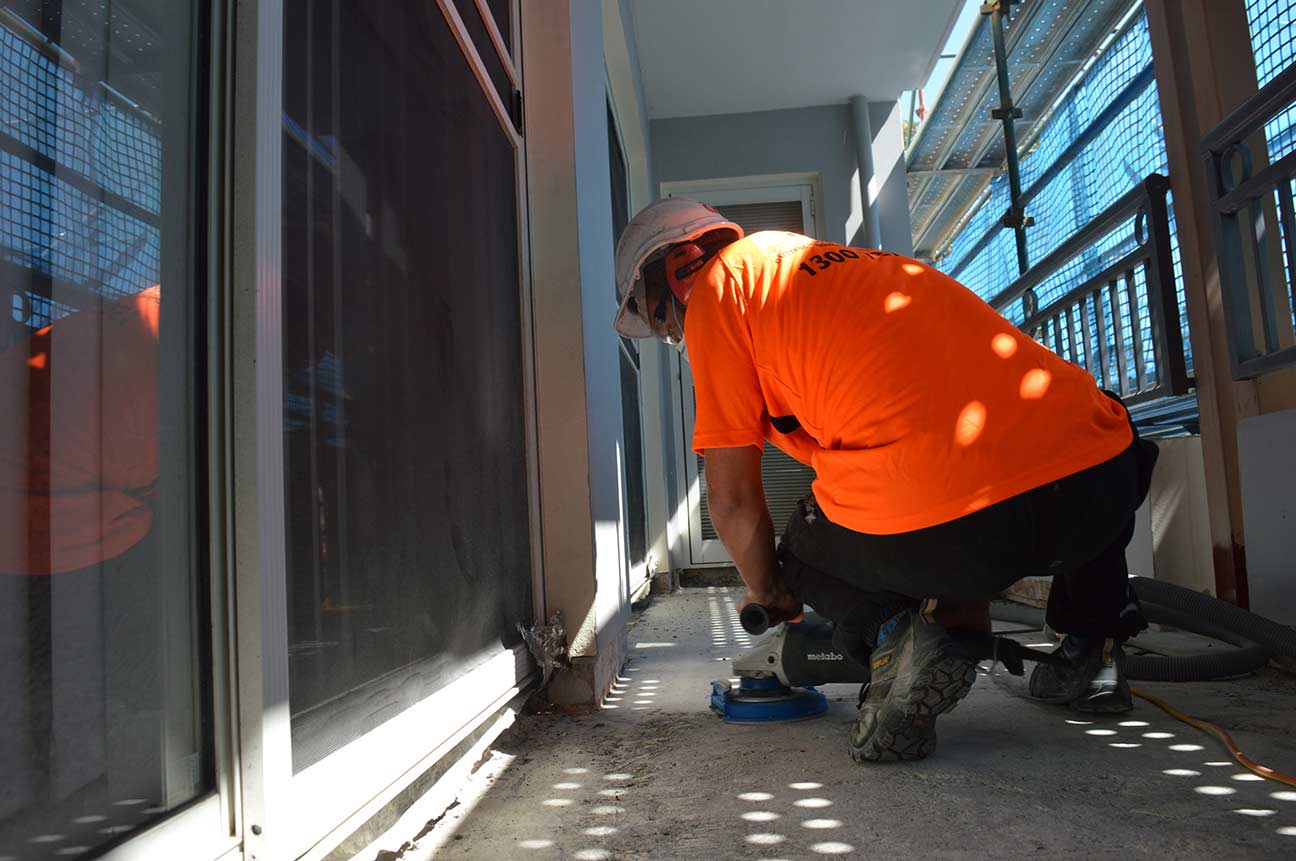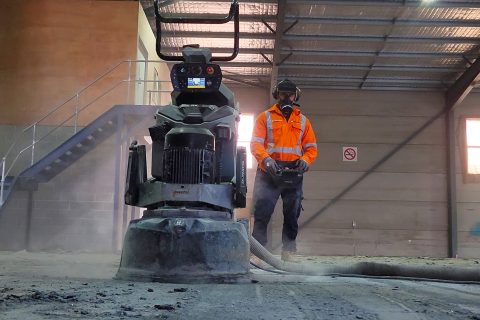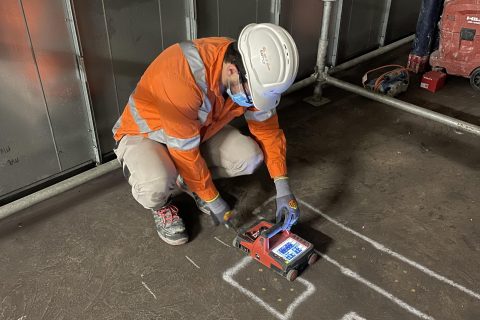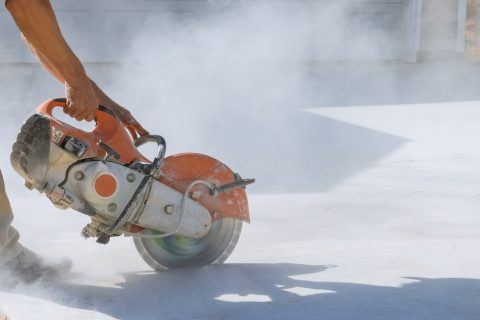Whether they’re in your garage or on your driveway, oil stains are an unsightly addition to any concrete surface. If they’re not treated quickly or correctly, they can be incredibly difficult to remove. But fear not – regardless of whether they are big or small, fresh or old, there is a way to get rid of them. Read on for our top four methods of removing oil stains from concrete surfaces.
Detergents and elbow grease
Our first method is the gentlest and most accessible option for many, and simply involves household detergent (but make it a strong one!). It is combined with hot water and a scrubbing brush or steel wool. It’s best for removing small oil stains that haven’t been there for too long. Just apply the detergent to the stain, scrub with your apparatus of choice, and a bit of elbow grease. Then, rinse off with hot water. Repeat until your concrete surface is sparkling clean.
Concrete cleaners or degreasers
Of course, if your stain has been there for a while or is resisting your previous removal efforts using household products, you might need to invest in a commercial grade concrete cleaner or degreaser. These are powerful, concentrated substances that work super quickly to loosen up and remove oil, grease, and dirt that’s been ingrained into concrete surfaces, without damaging the surface itself.
Each commercial cleaner or degreaser will come with its own application instructions for you to follow. You should take care to wear the appropriate protective gear, including gloves and eyewear at a minimum. Apply the recommended amount of your chosen product to the oil stain and leave to soak for a couple of minutes, or longer if the stain is particularly stubborn. Be careful not to let the cleaner or degreaser dry completely. You will then need to work out the oil with a heavy-duty scrubbing brush, before leaving it again for up to ten minutes. Then finally, rinse the surface thoroughly with water.
Although a stain may seem to have disappeared straight away, oil spots that have penetrated deeper within the surface of the concrete may reappear a few hours later. In this case, just repeat the process. The more porous your concrete surface is, the more effective a degreasing cleaner will be. So, if your concrete has a hard or dense finish, you may find that it takes a few attempts for the stain to be removed completely.
Poultices
For small but stubborn stains, a poultice might be a good way to go. This method requires an absorptive material such as sawdust or kitty litter, and a strong solvent – common options include acetone, xylene, and lacquer thinner. You’ll need to soak the absorptive material with your solvent of choice. Then smear this mixture over the surface of the stain, before covering it with plastic. Over time, the solvent will break down the oil, and the absorptive material will then extract it from the concrete.
Using a poultice to remove your oil stain isn’t recommended if you’re needing quick results. As you’ll need to wait a while for the process of osmosis to take effect. It can also be a little inefficient when used to treat larger stains. You’ll end up going through an alarming amount of solvent.
Microbial cleaners
Microbial cleaners utilise naturally occurring microbes to remove oil and other contaminants from surfaces. They contain single-cell microorganisms that consume oil, enzymes that digest the oil and turn it into carbon dioxide, and more microorganisms that then die once the oil has disappeared. The result is a clean concrete surface, achieved through the same process used to clean up beaches and waterways following large-scale oil spills. Microbial cleaners are environmentally friendly. They generally are more cost-effective than using solvents, making them a great choice for removing tough oil stains.











